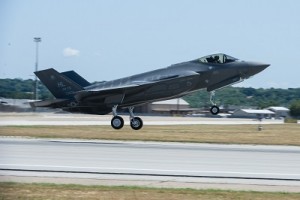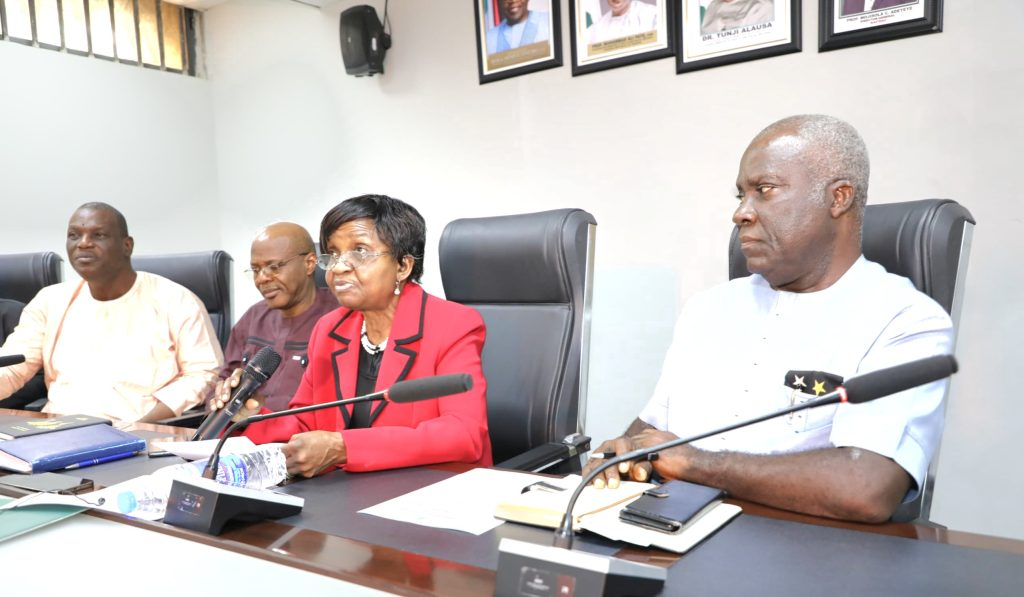Air Force To Set Weight Limits For Pilots
 Air Force leaders have come up with the decision to restrict pilots weighing less than 136 pounds from flying the F-35A Lightning II due to safety concerns about the ejection seat in a portion of the flight envelope.
Air Force leaders have come up with the decision to restrict pilots weighing less than 136 pounds from flying the F-35A Lightning II due to safety concerns about the ejection seat in a portion of the flight envelope.
According to the Force, the manufacturer of the seat has been conducting tests to ensure the escape system works reliably and safely in all planned conditions.
It added that in a recent test, analysis identified an unacceptable risk of neck injury during parachute deployment/opening for lighter-weight pilots at low-speed conditions.
The Force stated that the requirement is for the seat to be certified for any pilot weighing between 103 and 245 pounds, stressing that an unacceptable level of risk was discovered for pilots weighing less than 136 pounds.
Air Force leaders however decided that as an interim solution, no pilot less than 136 pounds will be allowed to fly the aircraft until the problem is resolved. As a result, one pilot was impacted, it noted.
There is also an elevated level of risk for pilots between 136 and 165 pounds. While the probability of an ejection in this slow speed regime remains very low, estimated at one in 100,000 flight hours, the risk of a critical injury in that circumstance is currently higher than legacy fighter ejection seats, it said.
The Air Force pointed that it has accepted risk of similar magnitude in previous ejection seats. Also based on the remote probability of an event occurring requiring ejection from the aircraft and pilot weight considerations, the airworthiness authorities has recommended and the Air Force has accepted continuation of flight for pilots falling within the 136 to 165 pound range.
According to the leaders, no ejection system is without risk, stating that the Air Force would continue to work with the F-35 Joint Program Office to ensure the F-35 system meets this requirement.
The Secretary of the Air Force, Deborah Lee James said: “We expect the manufacturer to find and implement a solution. “We must ensure the ejection seat is tested to meet our specifications and weight requirements. We are going to ensure this gets done right.”
Air Force headquarters and wing leadership took immediate action to inform and ensure the safety of the pilots, to address concerns, and ensure the manufacturer meets requirements for the seat. The F-35 is still in a development phase. As discoveries are made, fixes will occur, according to Air Force officials.
Concurrent testing and production of all models of the F-35 are per the plan laid out from the beginning of the program. The intent of concurrency is to get weapon systems to the warfighter as quickly as possible and strengthen manufacturing and supply chains. Several agencies are dedicated to solving the issue.
Therefore, the F-35 Joint Program Office is working in concert with the contractors to explore possible options to fix the ejection seat issue.








